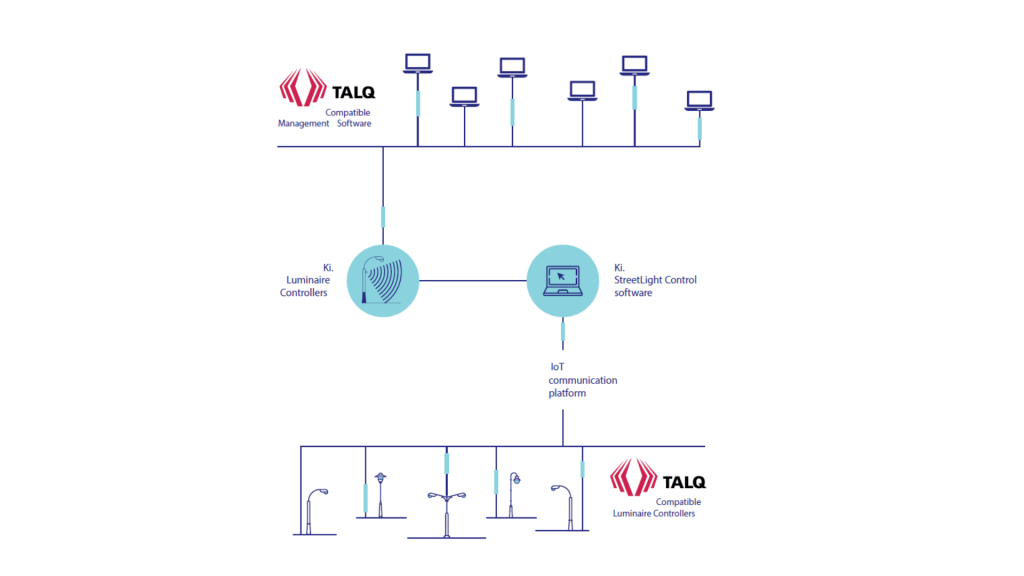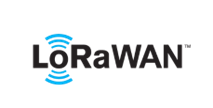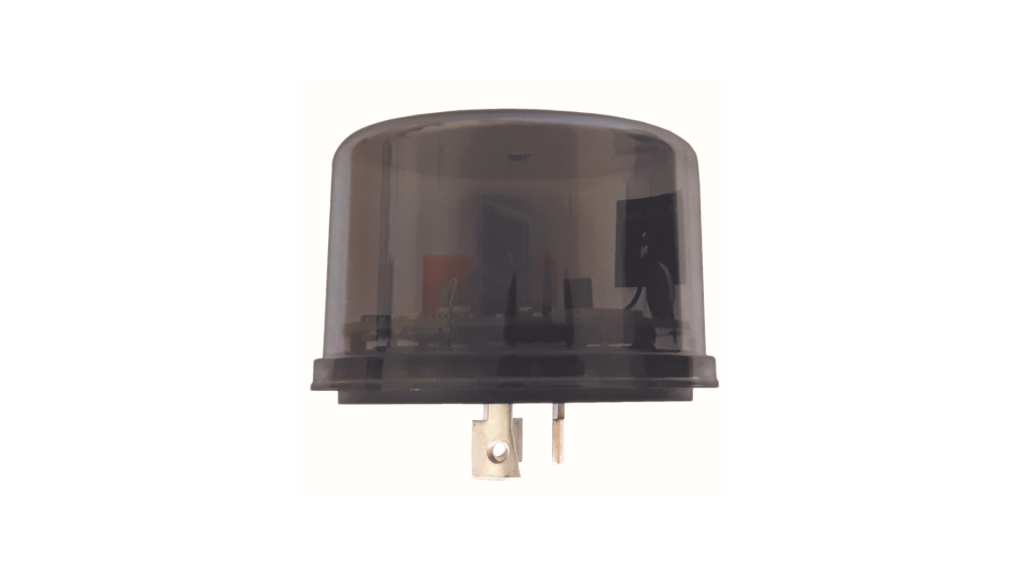An open ecosystem
For secure and scalable smart cities
Ki. has been developed with interoperability in mind. It can seamlessly integrate with existing infrastructure yet is future-proof to work alongside the technologies of tomorrow. Removing the risks proprietary solutions may present, the interoperability of Ki. opens up a number of innovation and collaboration opportunities that help you shape the development of your smart city.
open
Technology
Interoperability is at the core of Ki. architecture and enables working with different software solutions, network providers and equipment manufacturers. It can also connect to existing integrated city management platforms.
Ki. Gen3 is integrated both north-bound (software) and south-bound (hardware) with TALQ (a global standard that provides a common language for smart city applications).


LoRaWAN
LoRaWAN™ is a Low Power Wide Area Network (LPWAN) that provides bi-directional RF communication.
It works over unlicensed radio frequencies and can be installed privately or used with an existing public service.
One base station covers up to 5 km in low to medium density urban areas and up to 15 km line-of-sight in rural or remote area installation.

NB-IoT
Narrow-Band IoT (NB-IoT) is an IoT narrowband RF communication technology provided by major telecom companies and uses the mobile network to connect.
As any carrier-grade communication technology, it comes with increased security and uptime guarantees.
Provides excellent penetration, so it can be used in high density urban areas.
Enabling
Hardware
The Ki. Gen 3 nodes have been developed considering a number of connection requirements, to enable compatibility between various luminaire connectors.
It is available with NEMA, ZHAGA and Integral (in-pole) sockets to ensure connectivity with different luminaire manufacturers and can be retrofit into existing luminaire schemes, as well as integrated with new and future designs.
